Rosa Espinosa, the psychologist at the Virgen de la Arrixaca University Clinical Hospital, explains how the Hospital carries out the neuropsychological rehabilitation of acquired brain injury.
Cognitive rehabilitation can be defined as the set of procedures applied to improve various capacities and skills such as attention, memory, language or executive functions among others. The objective is to promote greater functional independence in a wide variety of situations of daily life (Wood,1994). In this article we focus on the neuropsychological rehabilitation of people affected by acquired brain injury.
Neuropsychological rehabilitation program for acquired brain injury
The Virgen de la Arrixaca University Clinical Hospital, part of the Murcian Health Service, has been developing since 2015 a neuropsychological rehabilitation program for acquired brain injury with the incorporation of a clinical psychologist into the neurology/physical medicine and rehabilitation service.
The work we have been developing focuses on four main blocks at the neuropsychological and clinical level:
Cognitive stimulation program
It is based on neuropsychological models that provide empirical evidence. For this we plan the sessions and patients complete pencil-and-paper exercises, but we also focus on the NeuronUP platform, with the aim of creating a foundation (restoration, substitution, or compensation of function) where what has been learned can later be generalized and to promote the ecological validity of the intervention. NeuronUP allows us to select a specific function to work on, compare results in the same activity and give them feedback.
Although attention is individualized, group work is a priority for the neuropsychological rehabilitation of acquired brain injury. Therefore, we run cognitive stimulation groups, where we use the NeuronUP platform in order to work on the different neuropsychological focal areas.
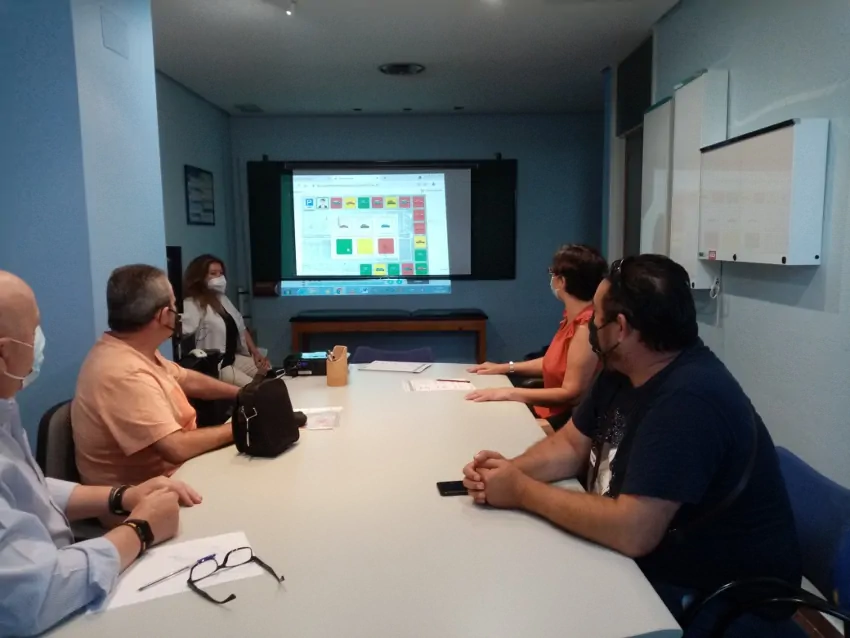
Systemic family therapy
In those cases where the brain injury occurs and strategies to promote proper intergenerational boundaries have not been developed. At the same time, to promote the adaptive process, we focus on Salvador Minuchin’s structural approach and address the behavioral and emotional problems that may arise during the rehabilitation process.
Interfamily/Intercultural Therapy
It is carried out within the neuropsychological rehabilitation service for acquired brain injury. The application of this psychotherapy to acquired brain injury is novel and could be considered pioneering. We follow the objectives of interfamily therapy, such as generating group cohesion, fostering an open and polyphonic dialogue, emotional support among participants and promoting flexibility in group communication (Sempere y Fuenzalida, 2017). In Murcia, where there is a large immigrant population, we take into account the immigration process (acculturation) and family and interfamily management to help with brain injury, which in itself already overwhelms the coping capacities (family and patient); being far from what gives us support (language, food, smells, people, ties, music) makes it much more difficult.

Subscribe
to our
Newsletter
Workshops by patients for patients
When the neuropsychological rehabilitation of acquired brain injury has been consolidated through “brain training” with pencil-and-paper activities and with NeuronUP and, or we have begun to develop compensation and/or substitution of function, we design workshops created by the patients themselves aimed at patients, with the purpose of enhancing their creativity, the stimulation of executive functions (planning, flexibility, processing speed, organization, decision-making and problem solving), promoting adherence to treatment and group cohesion among its members.
Moreover, the workshops increase motivation and strengthen the bonds between the different patients who attend treatment. In this way, through this recreational activity we manage to implement the different cognitive and phenomenological facets addressed during their period of group rehabilitation. We are talking about the concretization and the putting into practice of the acquired or compensated abilities throughout the entire rehabilitation process.
The clinical psychologist acts as the facilitator in the workshops, promoting their execution and assessing the difficulties that arise. Various obstacles may emerge at the computer level when searching for information, when specifying techniques, or the normal blocks when facing situations that generate a challenge such as public speaking or performing certain demonstrations.
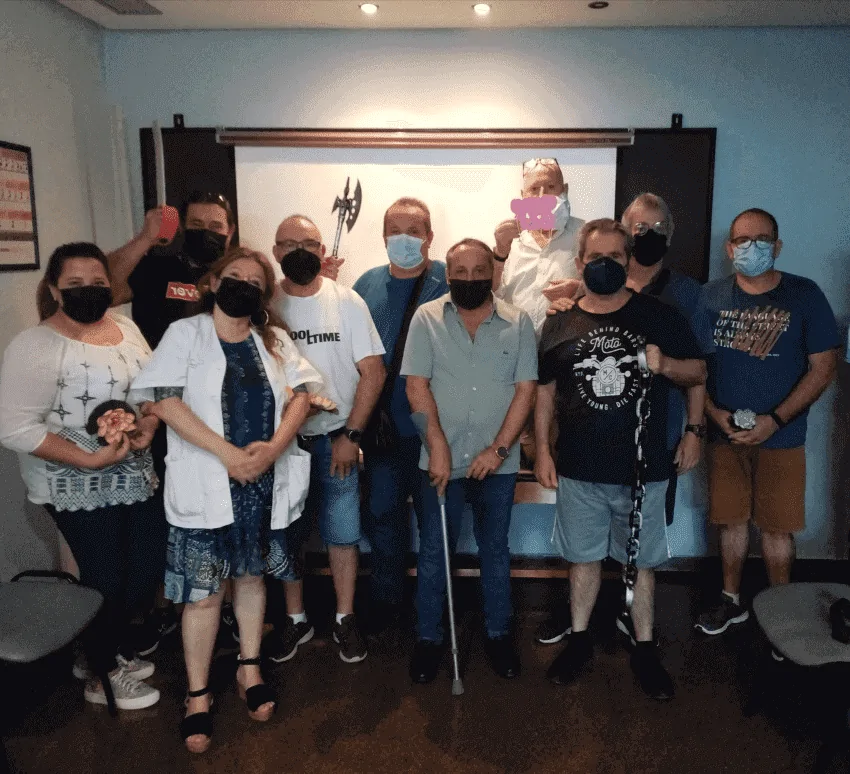
Conclusions on the neuropsychological rehabilitation of acquired brain injury
In short, the neuropsychological rehabilitation program for acquired brain injury at the Virgen de la Arrixaca University Clinical Hospital fosters a sense of personal self-efficacy. We base ourselves on what Muñoz-Céspedes y Tirapu- Ustarroz (2004) refer to regarding the rehabilitative context, within the stimulation of executive functions, which implies the improvement of the capacity to program behavior and orient it toward the achievement of intended goals. For this purpose, different activities can be used, whose aim is the restoration of function and others whose purpose would be the compensation of the same.
If you liked this post about the neuropsychological rehabilitation of acquired brain injury, we recommend you take a look at these publications from NeuronUP:
“This article has been translated. Link to the original article in Spanish:”
Rehabilitación neuropsicológica del daño cerebral adquirido
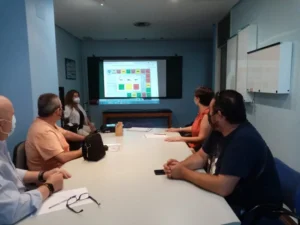

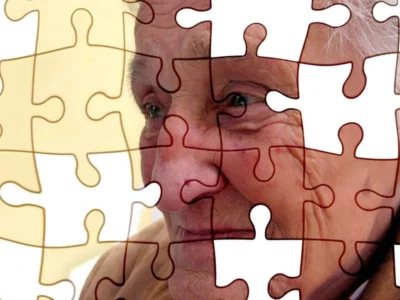
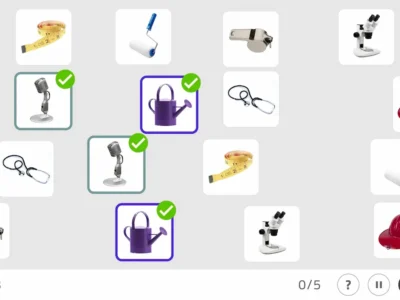

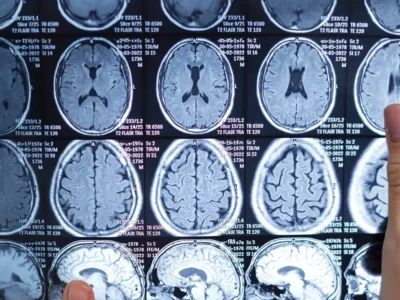

 Executive Functions in Children and Adolescents
Executive Functions in Children and Adolescents
Leave a Reply